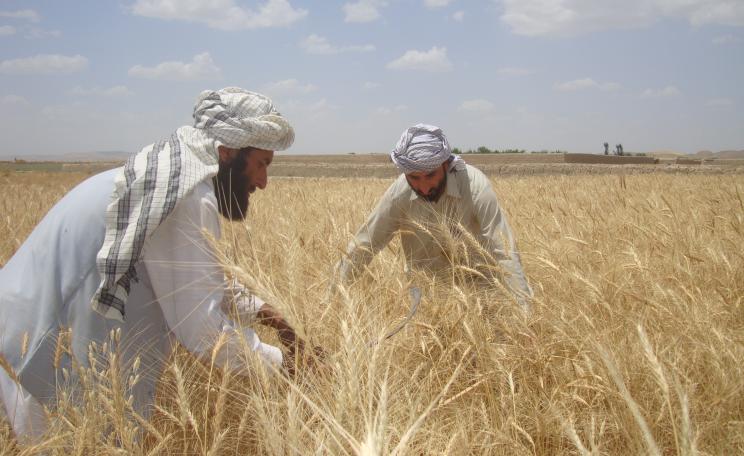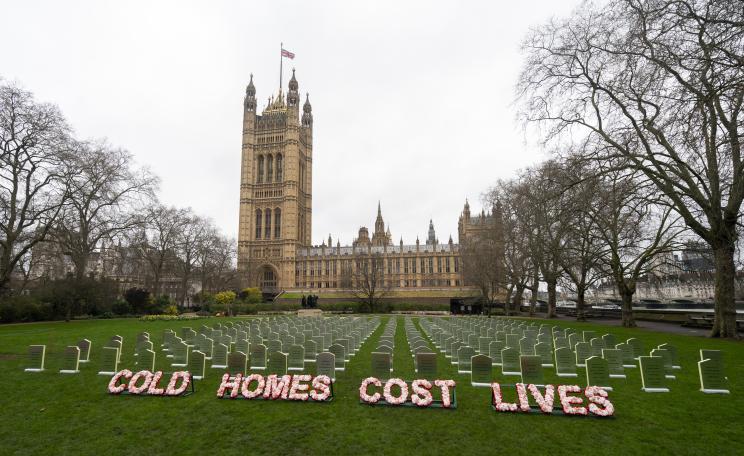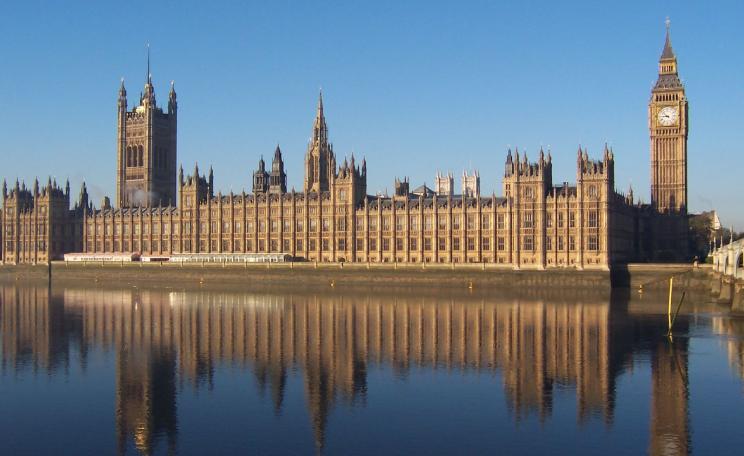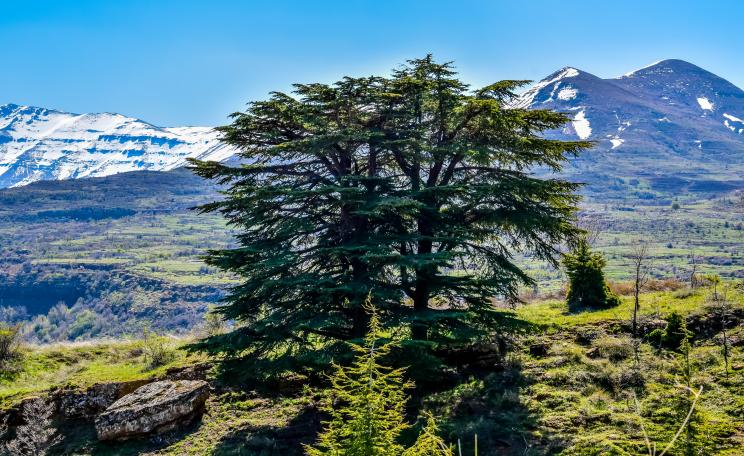A person cannot live without a hammam.
Contemplative Rafiq Mohammed stands in the doorway of the almost-century-old public bath, where he has worked for over two decades, during an unseasonably warm day in January. “I used to find a line of women waiting to bathe,” he says. “Now, it’s 11am and only a few women have entered.”
Mohammed attributes the decrease in clients to warmer temperatures. Winters are usually the busiest season for hammams. Clients seek out the steam baths when the weather is cold and less so during the hotter months.
On top of warming temperatures, Morocco’s hammams are dealing with the impact of drought. As Morocco entered its sixth consecutive year of drought, the government introduced new restrictions on the baths. For many Moroccans, a visit to the hammam is a weekly ritual. But now, droughts and warming temperatures pose new challenges to this tradition.
Bathing
Hammams have been present in Morocco since the Roman period. Centuries later, local planning regulations require that new residential neighbourhoods have a hammam. Although there are no official statistics on the numbers of hammams in Morocco, it was estimated at COP22 that there were approximately 12,000 hammams in the country.
The sector is no stranger to hardship. In 2020 and 2021, hammams were closed intermittently as a measure against the spread of COVID-19. Those measures have a lasting impact. “Many hammams closed and didn’t reopen,” said Rabie Ouaacha, President of the Moroccan Federation of Hammam Owners.
Like Rafiq Mohammed, Rabie says that warmer winters discourage Moroccans from bathing at hammams. “The hammam is busiest in winter, but now the whole year is summer,” he said in an interview in Sale. Employees at two other hammams in Rabat echoed the observation that far fewer clients come to the hammam when it’s hot.
The frequency of cold days and nights in Morocco have decreased significantly in all seasons, according to a 2022 World Bank report. In November 2023, King Mohammed VI called for rain seeking prayers due to a lack of rainfall and a warm winter.
In January, authorities imposed measures to close hammams, as well as car washes, three days a week (Monday, Tuesday, and Wednesday). The restriction is a precautionary measure against the excessive consumption of water, said the Deputy Mayor of Casablanca in an interview on 2M.
Closures
Morocco is experiencing structural water stress, said the president of the Economic, Social and Environmental Council in a meeting on February 15.
But journalists and social media users have posed questions about the restriction’s potential to achieve its stated aim. Sanaa Rahimi, the host of a daily news show on 2M, raised a question that has been echoed across social media: will those who would have gone to the hammams on Monday, Tuesday, and Wednesday now go later in the week? In response, the Deputy Mayor of Casablanca said the closure was an “initial decision.” He indicated that other measures would follow.
A person cannot live without a hammam.
Ahmed Ennouhi, co-founder of the Coperative Listijmame wa Raha, an organization focused on sustainability in the hammam sector, described the decision as “ad-hoc.” Along with hammam owners, he’s now urging the authorities to modify the restrictions.
Hammam closures may lead to the usage of more fuel. Most hammams are heated continuously by wood-burning furnaces. When hammams close, the residual heat is lost. The baths then use more fuel to reheat the space. Beyond this, hammam owners say that cooling the boilers used to heat hammams damages them.
The environmental impact of hammams – and their closures – is hard to quantify. A 2020 study noted that the majority of hammam owners do not collect data on water and fuel usage. But for workers in the sector, especially hammam attendants and cashiers, closures come at a clear cost.
Future
Khadija Bou Harrou, a cashier at a hammam in Rabat, works at a hammam because other options for employment were limited. She didn’t attend school and has health issues that prevent her from doing physical labor. “This job allows me to sit here,” she said.
Halima Harbal, an attendant (tayaba) at another Rabat hammam, started to work at the hammam for similar reasons. She was not formally educated and her husband was sick. “The conditions led me to work as a tayaba,” Halima said. These workers stand to be the most affected by closures and decreases in visitors.
The future of the hammam, and those who work in the sector, are increasingly shaped by Morocco’s changing climate. The institution has endured centuries of change, but it’s unknown how it will weather climate breakdown.
“This is a dying profession,” said Abdullah, who has worked as a cashier in a hammam for over 50 years. Mohammed al-Dahafi, a hammam manager in Rabat’s medina, has a different perspective. He said, “A person cannot live without a hammam.”
This Author
Catherine Cartier is a freelance journalist and an MA Candidate in Global Journalism at New York University. She previously held a Fulbright grant in Morocco and reported from Lebanon, Jordan, and Tajikistan.





